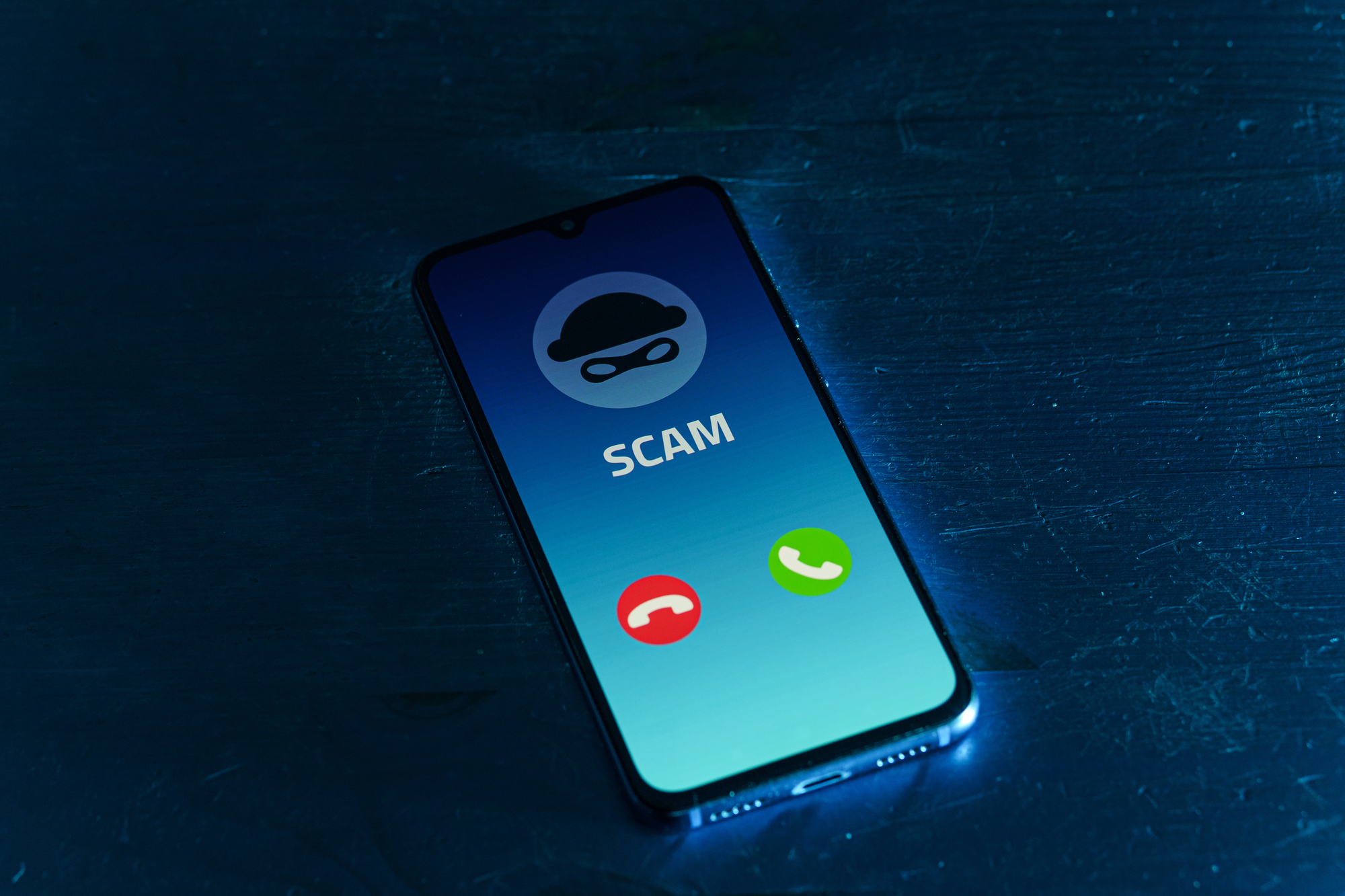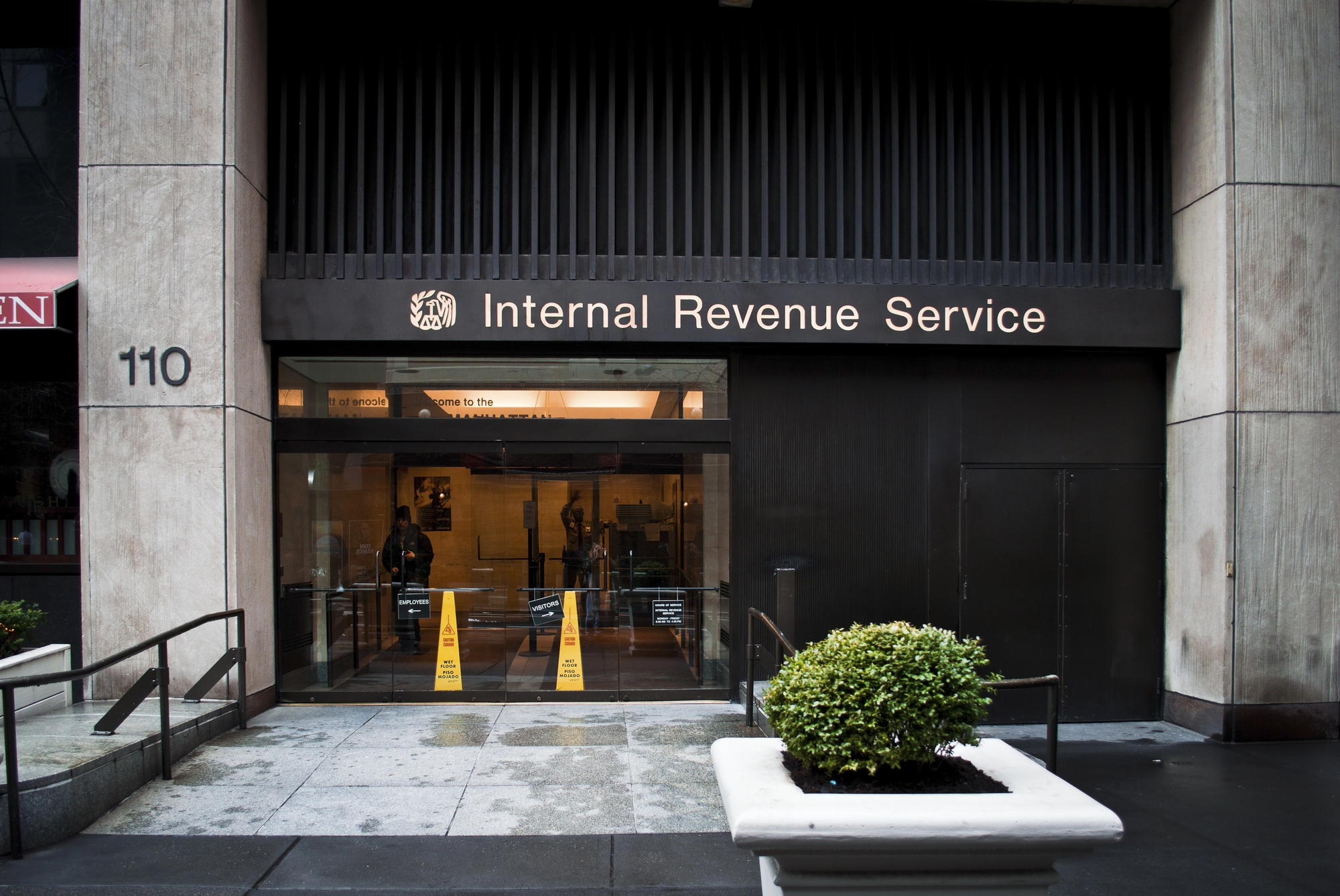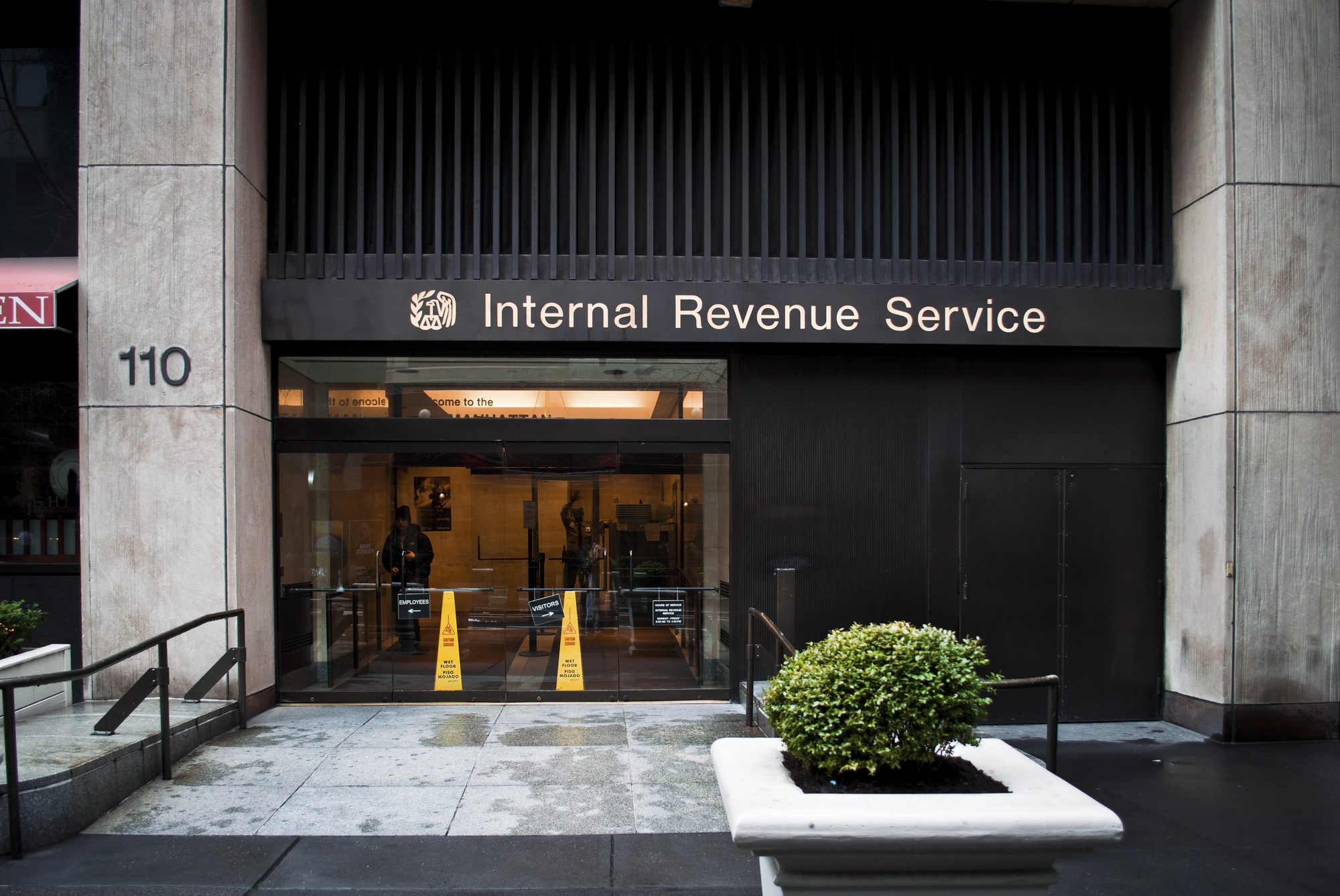Getting a message from the IRS—especially out of the blue—can make anyone nervous. Unfortunately, there are scammers who are experts at pretending to be IRS agents. Learning how to recognize the difference between legitimate IRS outreach and a scam attempt is essential for keeping your sensitive information and finances safe.
Below, you’ll discover key tips to help you identify IRS communications and avoid falling victim to fraud.
The IRS Does Not Reach Out First by Email, Text, or Social Media
The IRS has strict policies regarding how it contacts taxpayers for the first time. If you get an initial message via email, text, or social media, it’s almost certainly a fraud. Here are some common digital scams:
1. Phishing Emails
Fraudsters will often send emails that look official, hoping to trick you into providing personal details like Social Security numbers or bank info. These emails may:
-
Pretend to be the IRS regarding fake refunds or tax debts.
-
Use alarming language to make you react quickly.
-
Contain links to fake websites designed to steal your data.
2. Impersonated Social Media Accounts
Scammers can set up bogus IRS profiles on platforms like Facebook or Twitter, sending direct messages about supposed tax bills, credits, or refunds, trying to gather private information.
3. Scam Text Messages
Some criminals send texts claiming you owe taxes, have tax credits available, or can receive stimulus payments, urging you to follow dangerous links. Remember, the IRS only texts taxpayers who have specifically signed up for it.
Tip: Don’t click on unsolicited links, even if they appear credible. For any concerns, go directly to the IRS website by typing the URL yourself.
IRS Communication Starts with Mail—Not Digital Messages
The IRS almost always sends a letter or official notice first when contacting someone about taxes. Here’s how to check if a letter is truly from the IRS:
1. Use Your IRS Online Account
Visit your secure IRS Online Account to see if any recent letters or notices have been logged. A real letter will have a corresponding record online.
2. Compare to Official Samples
Check the IRS website’s collection of common notices. Comparing your letter with these can help you determine if it’s real or not.
3. Contact the IRS Yourself
If you’re unsure, use verified contact numbers from the IRS website to speak with an agent. Don’t call phone numbers listed in suspicious letters or emails.
4. Confirm Private Collection Notices
Sometimes the IRS works with authorized private collection agencies. To confirm a collection notice is real:
-
Make sure it lists your unique Taxpayer Authentication Number, matching details from previous IRS notices.
-
Cross-reference this with Notice CP40, which you’ll receive from the IRS before any private agency gets involved.
IRS Phone Calls: What’s Normal—and What’s Not
While the IRS does occasionally make phone calls, these only occur after sending out a letter or notice. They might call to confirm an appointment or clarify audit details.
Important things to keep in mind about IRS phone communications:
-
No recorded threats: The IRS will not leave threatening voicemails saying a warrant will be issued if you do not call back. That’s a classic scammer tactic.
-
No payment via gift cards: IRS or legitimate collection agencies never ask for payment through gift cards, prepaid cards, or anything similar. Only pay through official IRS payment options.
Red Flag: If someone calls claiming to be the IRS, pressuring you for action or personal financial info, hang up and contact the IRS directly.
In-Person Visits Are Rare and Announced
To improve safety, the IRS mostly stopped making unannounced visits to taxpayers. Now, almost all in-person contact will be scheduled after advance notice.
If someone claims to be from the IRS and shows up at your door, check for:
-
Proper, official photo identification (“pocket commission”).
-
Professional conduct—IRS reps won’t threaten or demand cash on the spot.
-
The option to verify their identity by calling the IRS customer service line.
Tips for Protecting Yourself from IRS Fraud
Scam tactics are constantly evolving, so staying alert is important. Here’s how to keep yourself safe:
-
Don’t share private info: Never give out your SSN, EIN, or bank account information over the phone or by email unless you’re absolutely sure you’re speaking to the real IRS.
-
Always double-check IRS communications: Use the IRS Online Account or contact the IRS directly to verify anything suspicious.
-
Be careful with website addresses: Bogus websites often have slight spelling mistakes or differences (like “irs-gov.com”). Always type in “irs.gov” yourself.
-
Report scams: Forward suspicious emails to phishing@irs.gov or report fake calls to the Treasury Inspector General for Tax Administration (TIGTA).
-
Rely on official sources: The IRS website has the latest information and legitimate contact numbers.
Stay Safe—Recognize and Report Scams
Defending yourself against IRS scams comes down to staying informed and being cautious. Understand the ways the real IRS will reach you, know the typical warning signs of scams, and never rush to respond to demanding or suspicious messages.
If you ever receive questionable communications claiming to be from the IRS, take action—report it, stay cautious, and always confirm before you reply or pay. Awareness is your best protection against tax scams.






